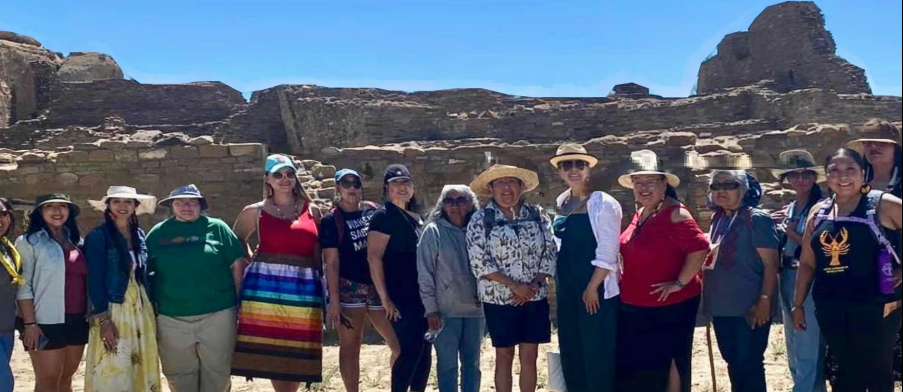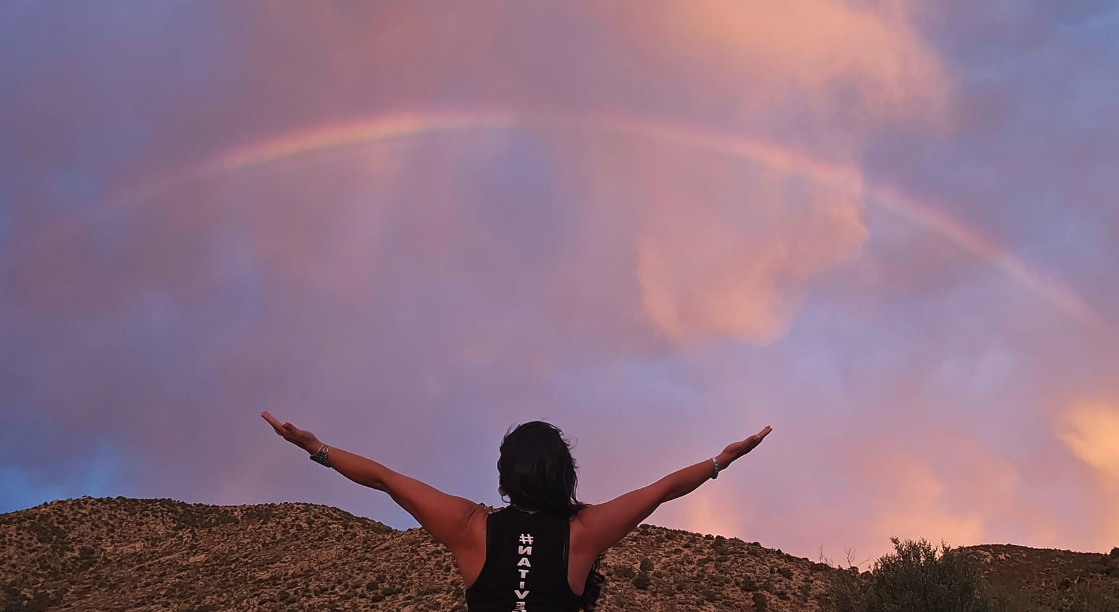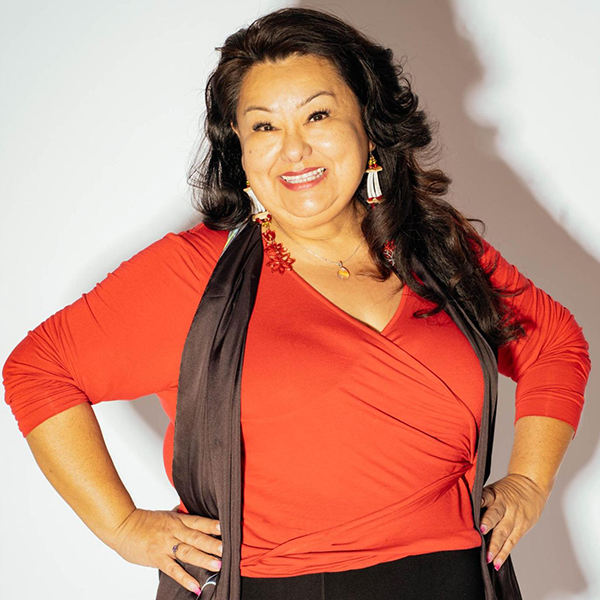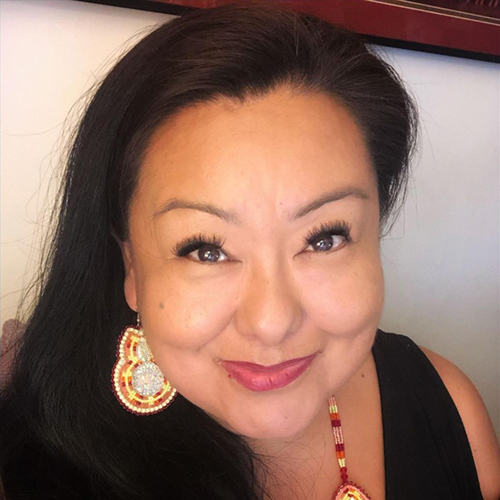Native Women’s Equal Pay Day, marked on November 21, 2024, is a stark reminder of the deep-rooted disparities Native women still face in the workforce and in their everyday lives. On average, Native women are paid just 52 cents for all workers and 58 cents for full time year round workers for every dollar paid to white, non-Hispanic men.
“Imagine going to the store to pick up some groceries and household necessities for your family that cost $100. You open your wallet and find you only have $52. You were paid $52 for $100 worth of work. While stores would never accept $52 for the $100 worth items, Native Women are forced to accept the reality of pay inequity.”
— Gina Jackson, CEO, Return to the Heart Foundation
This wage gap reflects far more than numbers; it represents lost opportunities, constrained resources and an ongoing cycle that perpetuates inequality. Beneath these numbers lies a legacy of structural barriers that continue to undermine Native women’s economic security and well-being.
What the Wage Gap Means for Native Women
Native women are often primary breadwinners in their families, and the ripple effects of this pay gap compound over time, impacting their financial stability, retirement and even the wealth they can pass down to future generations.
If current trends continue, it will take more than four centuries – until 2498 – for Native women working full-time, year-round to reach pay parity. Would White, non-Hispanic men be willing to wait 400 years if they faced the same disparity? We won’t wait either. Inequality does not simply happen; it is a product of design that can and must be dismantled.

Root Causes and the Push for Fairness
This wage disparity is the result of systemic biases and a legacy of policies designed to assimilate, oppress and erase Indigenous cultures, and has had lasting, multigenerational impacts on Native communities. Policies like forced relocation, the establishment of boarding schools and the removal of Native children from their families have disrupted traditional practices, family structures and connections to the land. These policies not only sought to control Indigenous peoples but also attempted to eliminate their identities and autonomy.
Occupational segregation, unequal access to quality education, workplace bias and limited support for entrepreneurship all play a part. Addressing these requires a comprehensive approach that considers the unique experiences of Native women and focuses on sustainable solutions, such as increased visibility for Native women in all sectors, better access to resources, fair hiring practices and pathways to leadership.
Understanding the historical context is vital to grasping the current state of Native women’s pay equity:
- Native Residential Boarding Schools: For decades, these schools trained Native girls to be domestic workers, reinforcing economic disparities and limiting their career options. A historic apology was given to Native people last month which is a great start but meaningful actions are now required.
- Higher Educational Barriers: Financial barriers and limited educational opportunities hinder many Native women from obtaining college degrees. Those living on tribal reservations are less likely to attend college, and even when they do, they often have lower graduation rates compared to other racial and ethnic groups.
- Violence – Missing and Murdered Indigenous Women (MMIW): Native women experience high levels of violence. More than 4 out of 5 Native women report experiencing psychological, sexual or physical violence in their lifetime, which can have long-lasting educational, economic and career consequences. Forty percent of all human trafficking victims in the U.S. are Native women. Murder is the third leading cause of death for Indigenous women, which is more than 10 times higher than other ethnicities.
- Occupational Disparities: Native women are disproportionately represented in service occupations, which are often underpaid and lack benefits such as health insurance and retirement contributions. They also face discrimination in pay and promotion, as well as sexual harassment, making it difficult to climb the economic ladder.

Steps Toward Change
Congress must continue to work to advance legislation, including the Paycheck Fairness Act, the BE HEARD Act, the FAMILY Act, and the Healthy Families Act. In addition, addressing this gap requires additional action across personal, corporate and legislative fronts:
- Promoting Pay Transparency and Pay Data Collection: Employers, organizations and Tribal entities should commit to pay transparency so that Native women can better understand their worth and advocate for fair compensation. Pay data collection is also an important step to remedying pay disparities in the workplace.
- Increasing Representation: Access to roles with advancement opportunities and leadership pathways is essential. Organizations should amplify Indigenous voices at all levels, fostering cultural awareness and reducing implicit biases.
- Supporting Educational and Entrepreneurial Initiatives: Programs that empower Native women and Native youth with educational and entrepreneurial opportunities are crucial, helping them access tools and networks for economic success.
- State-Level Commitments to Pay Equity: States should enact equity legislation and implement best practices statewide, setting clear expectations and accountability measures for employers.
- Pass the U.S. Truth & Healing Commission Bill: To support survivors of boarding schools by ensuring they have access to essential resources for healing and justice.

Moving Forward Together
As we approach Native Women’s Equal Pay Day in 2024, let’s move beyond awareness and jump into action. Closing the wage gap for Native women will take collective responsibility, acknowledgment and purposeful change. When Native women thrive, their families, communities and society benefit. It’s time to recognize the hidden truth of this pay gap and commit to real solutions that honor Native women’s contributions and dignity.
We must commit to addressing the deep-rooted inequities that Indigenous women face. By advocating for policy changes, raising awareness and fostering supportive communities, we can work towards a future where all women, regardless of their background, receive equal pay for their invaluable contributions. Together, let’s bridge the gap and empower Native women for a more just and equitable future.
Join our partners at Return to the Heart in disrupting and ending violence and trafficking of Native Womxn, Girls, and Two Spirit People by investing in their Our Sisters Are Sacred Fund that empowers Native Womxn and Two Spirit (Gender Expansive) grassroots projects focused on ending the MMIW/G2S crisis. See us at Return to the Heart Foundation or contact directly at contact@return2heart.org.

Gina Jackson MSW, Co-Founder and Co-CEO
Gina Jackson is Western Shoshone and Oglala Lakota. She is the CEO of the Return to the Heart Foundation that she Co-Founded in 2020. Gina’s philanthropic experience includes Native Americans in Philanthropy, Casey Foundation serving as an IPA at the Assistant Secretary’s Office of the Interior before joining the Obama White House Community Solutions Team during the last year of the Administration. She has more than 20 years experience encompassing state/tribal justice (Judicial Education), collaboration, policy, and philanthropy. She is a connector, igniter, innovator, and equity builder with a vision to bring healing for our nation and beyond.



